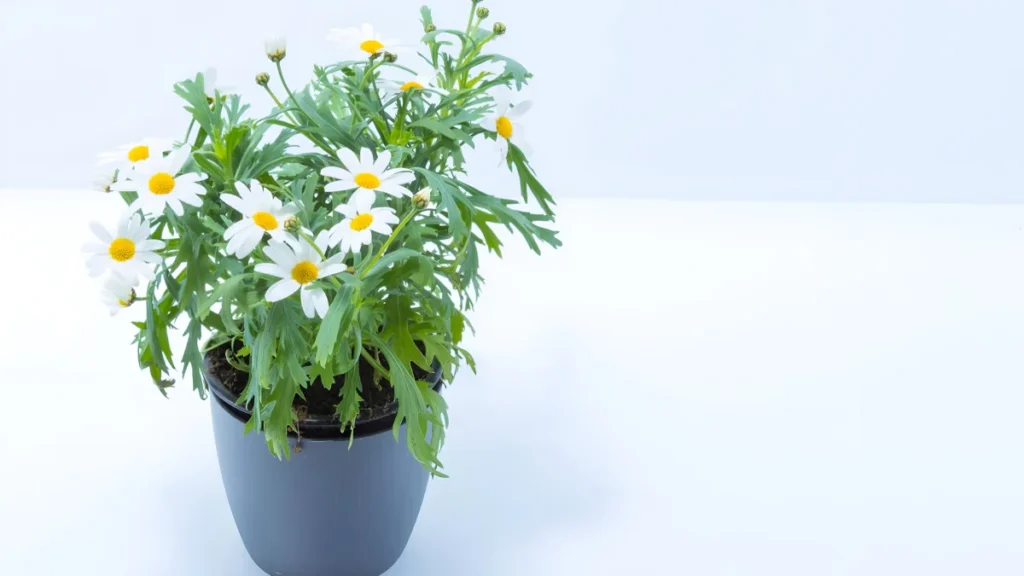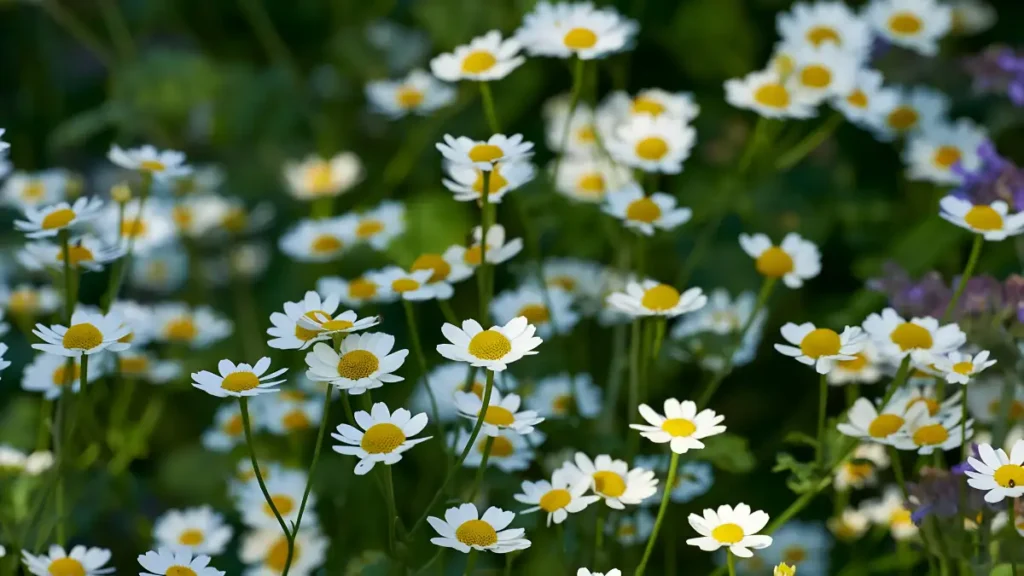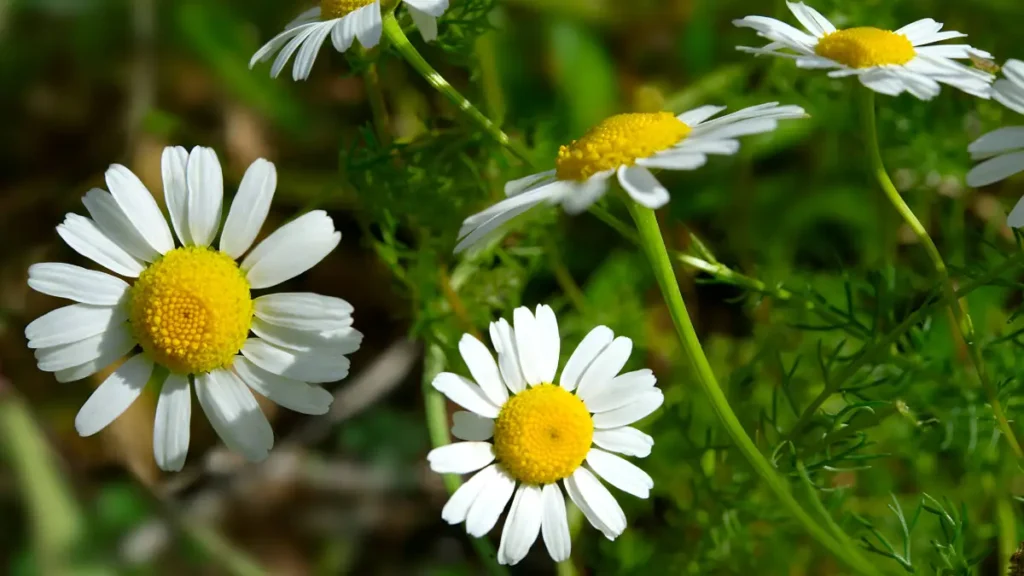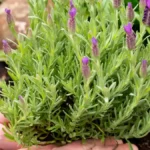Famous for its calming effects and daisy-like blossoms, chamomile is a pleasant and adaptable herb. It grows well in sunny, well-drained soil and is perfect for novice and expert gardeners. Growing chamomile requires planting seeds directly in the ground or beginning them indoors before moving them outdoors. This hardy plant is ideal for garden beds, containers, or even as a companion plant to ward off pests because it needs very little maintenance. Chamomile is a lovely addition to any garden because of its pleasant scent and wide range of applications, which include natural skincare products and soothing drinks.
Great tips for growing chamomile in any type of climate are as follows:
Chamomile is a well-known herb with various types, each with its benefits. The two most popular varieties are German chamomile (Matricaria chamomilla) and Roman chamomile (Chamaemelum nobile). German chamomile is frequently used in drinks and cosmetics products because of its relaxing and anti-inflammatory properties. Roman chamomile, with its slightly sweeter scent, is commonly used for stomach problems and aromatherapy. While they both have calming qualities, their functions and traits are different. You may cultivate chamomile indoors or outdoors. Here’s some excellent tips on how to grow chamomile depending on the environment:
1. Instructions for growing Chamomile indoors:
- Pick a pot that is at least 6 to 8 inches deep and has sufficient drainage. A huge pot is not necessary for chamomile, but make sure it has adequate room to spread.
- Use potting soil that drains properly, preferably with a pH of 5.6 to 7.5.
- Your chamomile should be placed in an area that gets at least four to six hours of sunlight per day. The perfect window faces south. Use grow lights if there is not enough natural light.
- Don’t overwater the soil; just a gentle misting is enough.
- The ideal temperature range for chamomile is 60–68°F (15–20°C).

2. Guidelines for growing chamomile outdoors:
- In your garden, pick a bright spot—though chamomile can also grow in some partial shade. It does best in moderate climates.
- Sandal or loamy soils with good drainage are ideal for chamomile growth. If you have thick soil, you might want to add some compost or sand to help with drainage.
- When there is no longer a chance of frost, sow seeds straight into the garden in the early spring. Gently press the seeds into the earth after scattering them there. Water sparingly so as not to remove the seeds.
- When seedlings are big enough to handle, thin them to 6–8 inches apart. By allowing for adequate air circulation, this space lowers the chance of illness.
- Once established, chamomile can withstand drought; but, to maintain its health during dry spells, give it regular watering.
- Cover the plants with a light layer of mulch to keep moisture in and keep weeds out.

3. Basic maintenance advice for growing chamomile:
- It doesn’t take much fertilizer to grow chamomile. A light springtime application of a balanced fertilizer can help improve poor soil conditions.
- Regularly deadhead wasted flowers to promote ongoing blooming. After the first bloom, trim the plants back to encourage a second flush of flowers.
- Although chamomile is often pest-free, watch out for spider mites and aphids. Use insecticidal soap to manage infestations as needed.
Conclusion:
A straightforward and satisfying gardening project, chamomile has calming qualities, may be used in a variety of teas and cosmetics items, and is a natural treatment. It needs little care and grows well in a variety of temperatures. Growing chamomile is a rewarding way to experience nature’s calming qualities and establish a connection with it. Following these guidelines will help you learn how to grow chamomile inside or outdoors, allowing you to enjoy its beauty and advantages all year round.
Certainly! If you’d like to learn more, please consider following our WhatsApp Channel: Harvest Gardening
A frequently asked questions:
Q1: How to grow chamomile in Texas?
A1: In Texas, chamomile should be planted in full sun to partially shaded, well-drained soil. Water frequently, and think about sowing just after the last frost or beginning seeds indoors in the early spring.
Q2: When to harvest chamomile?
A2: When the chamomile blooms completely open, which is usually in the early morning after the dew has evaporated, harvest it. Just before the flowers begin to wilt is the ideal time.
Q3: How do I start growing chamomile from seeds indoors?
A3: First, add seed starting mix to tiny pots or seed trays. Lightly scatter the chamomile seeds on top, pressing them into the ground without packing them in. Place the pots in a warm, sunny spot and make sure the soil stays moist.



